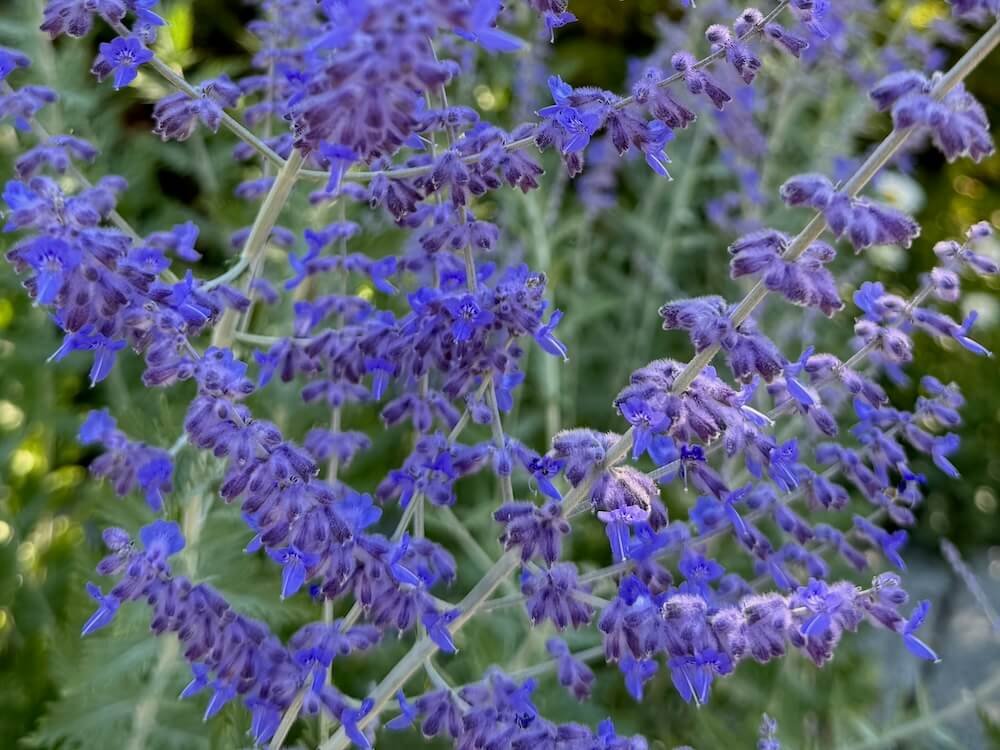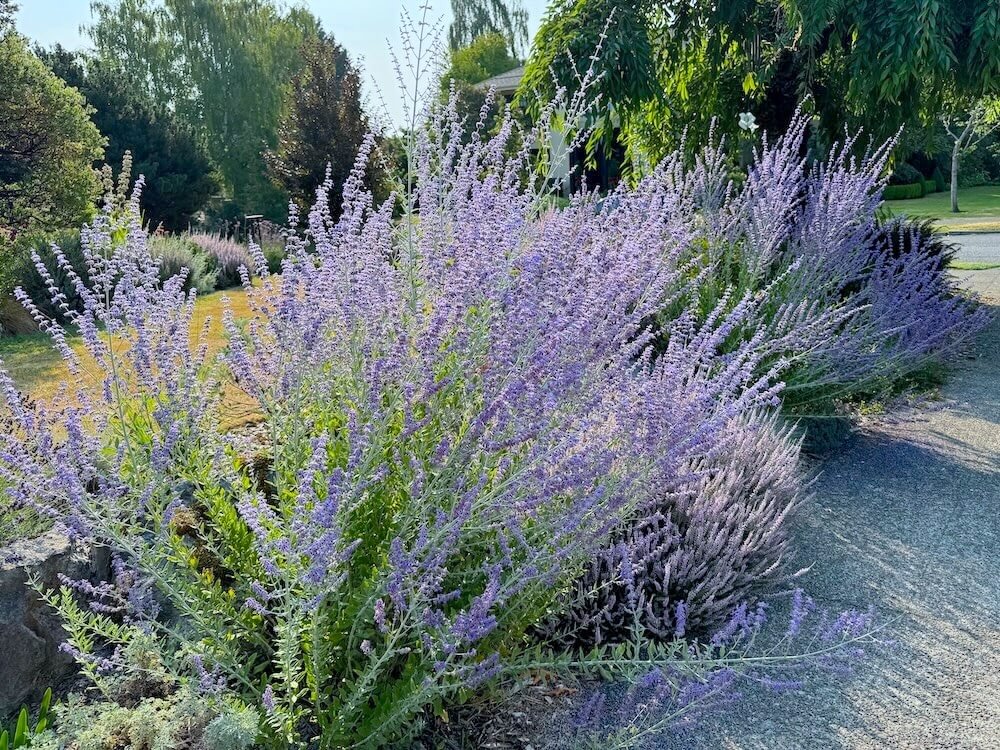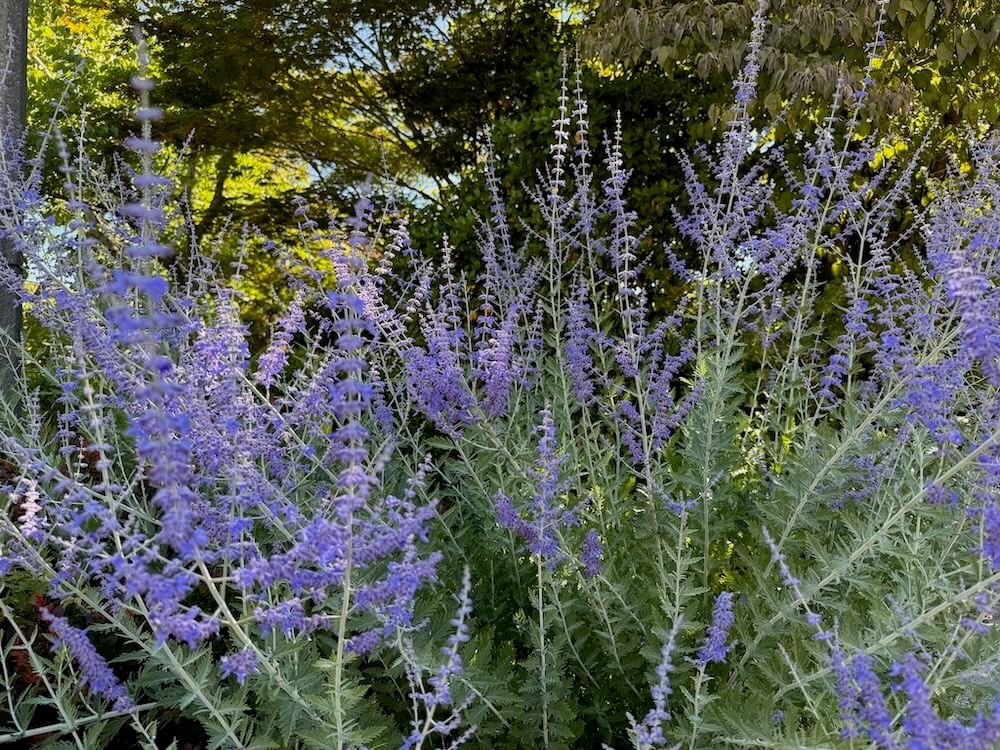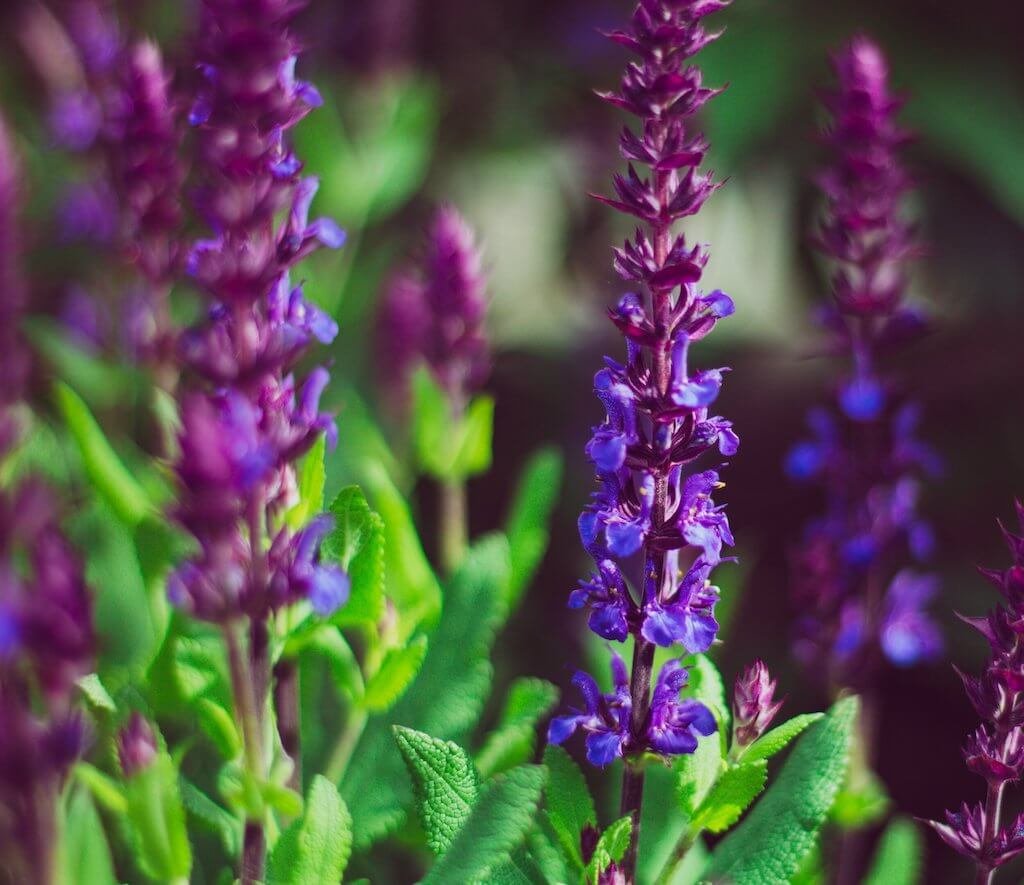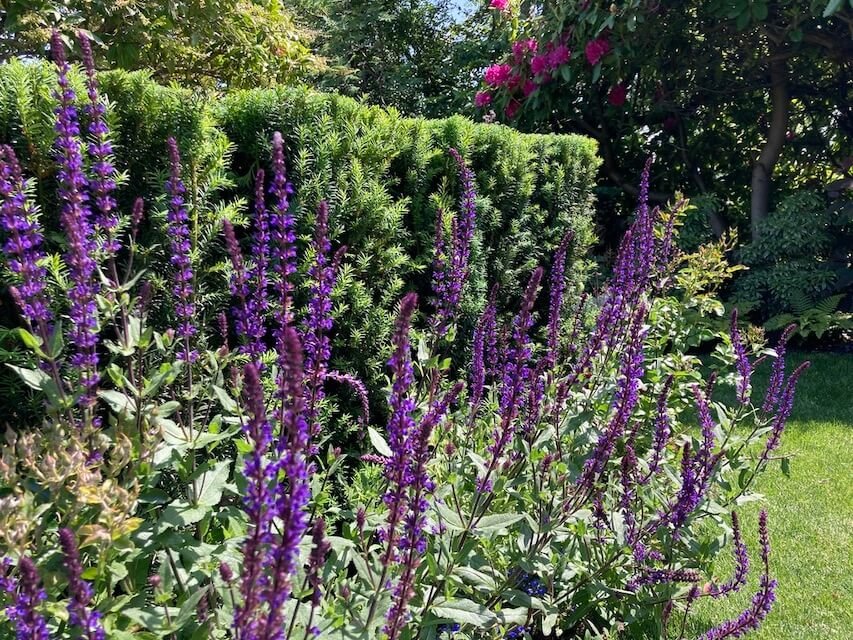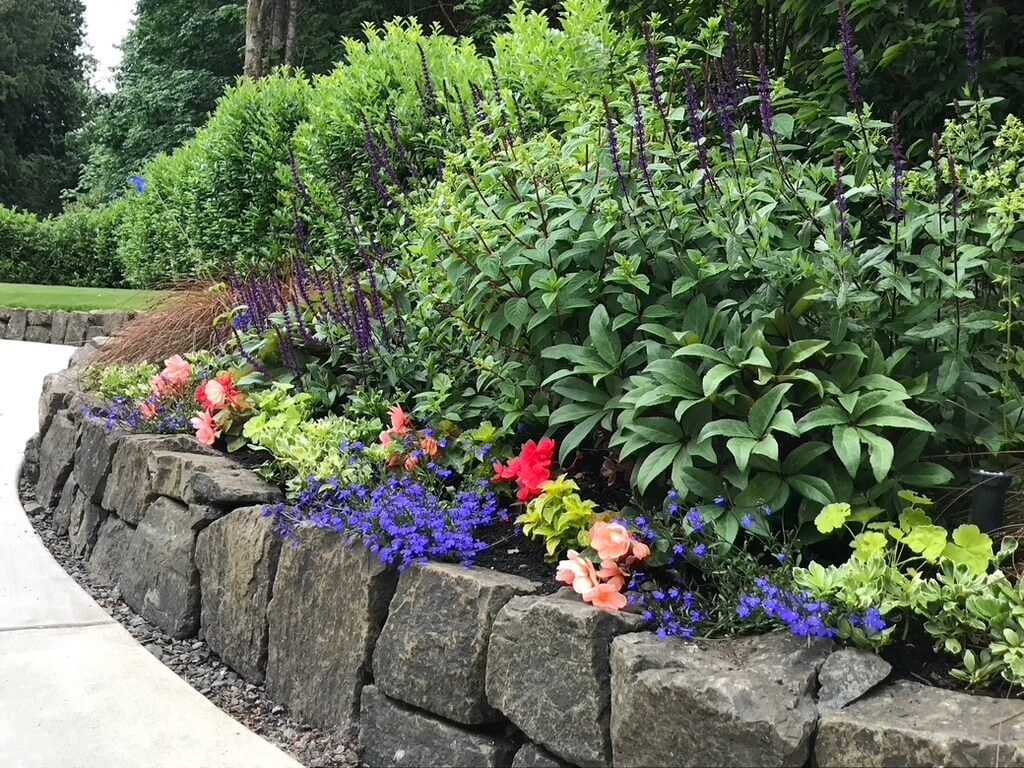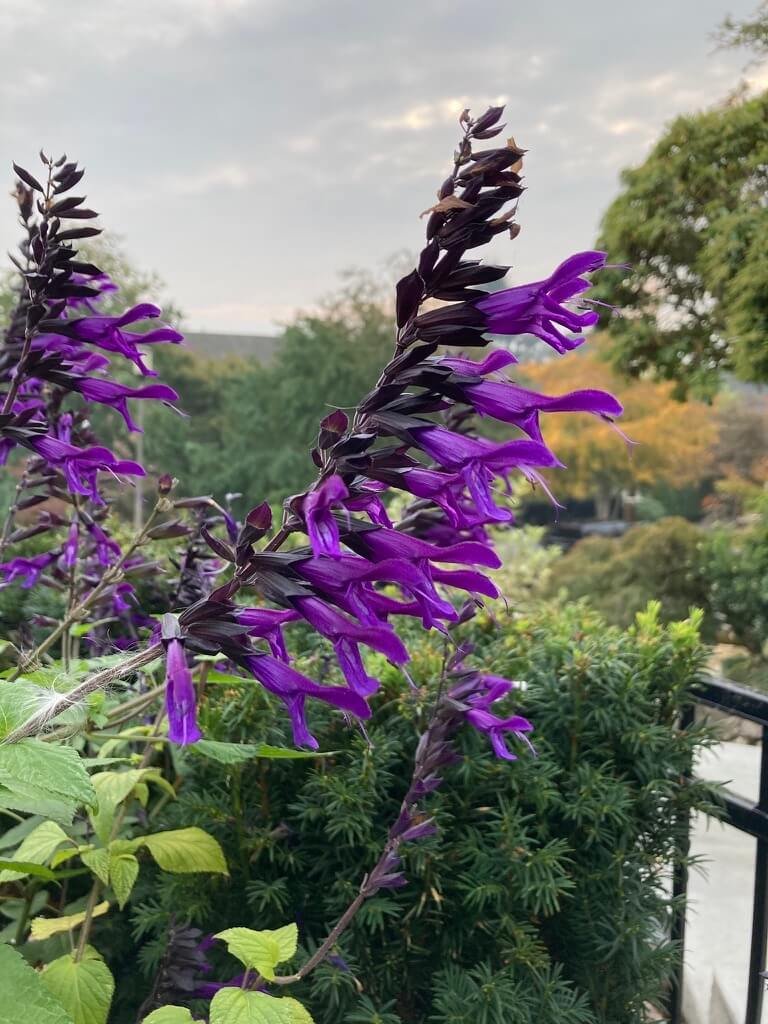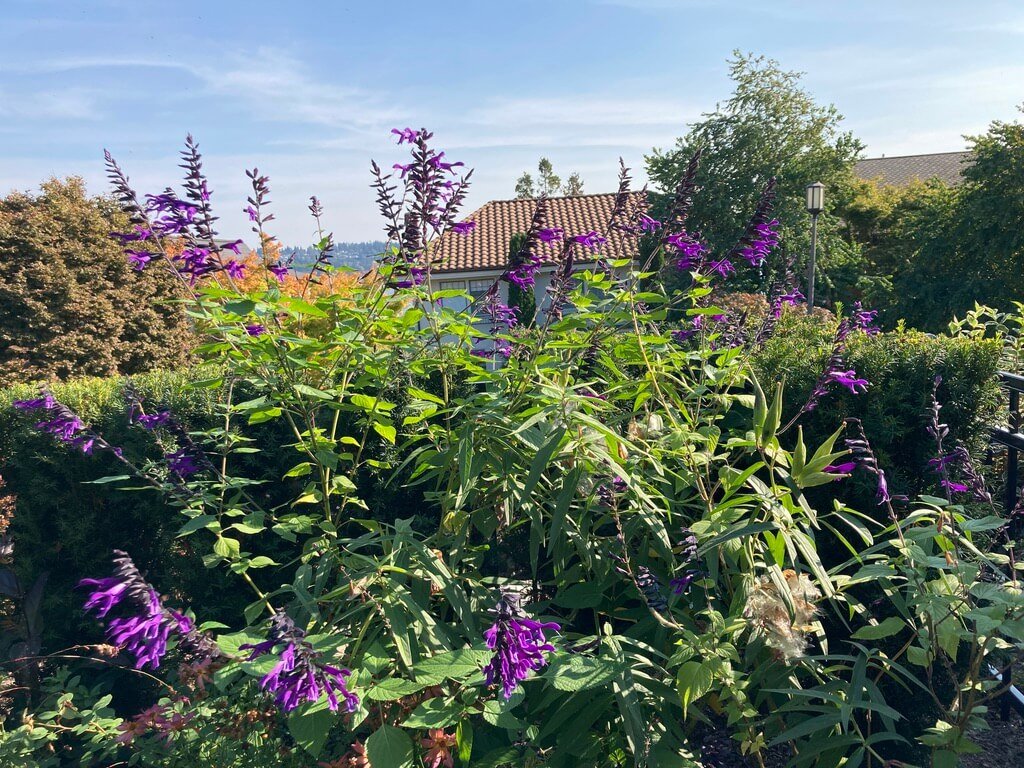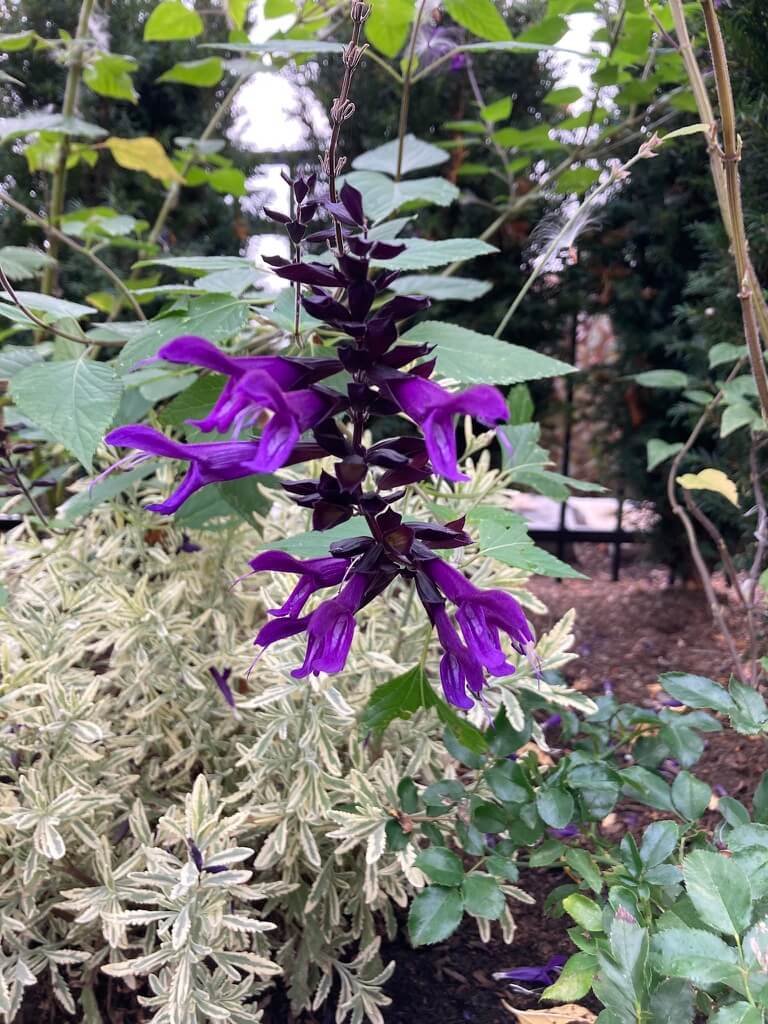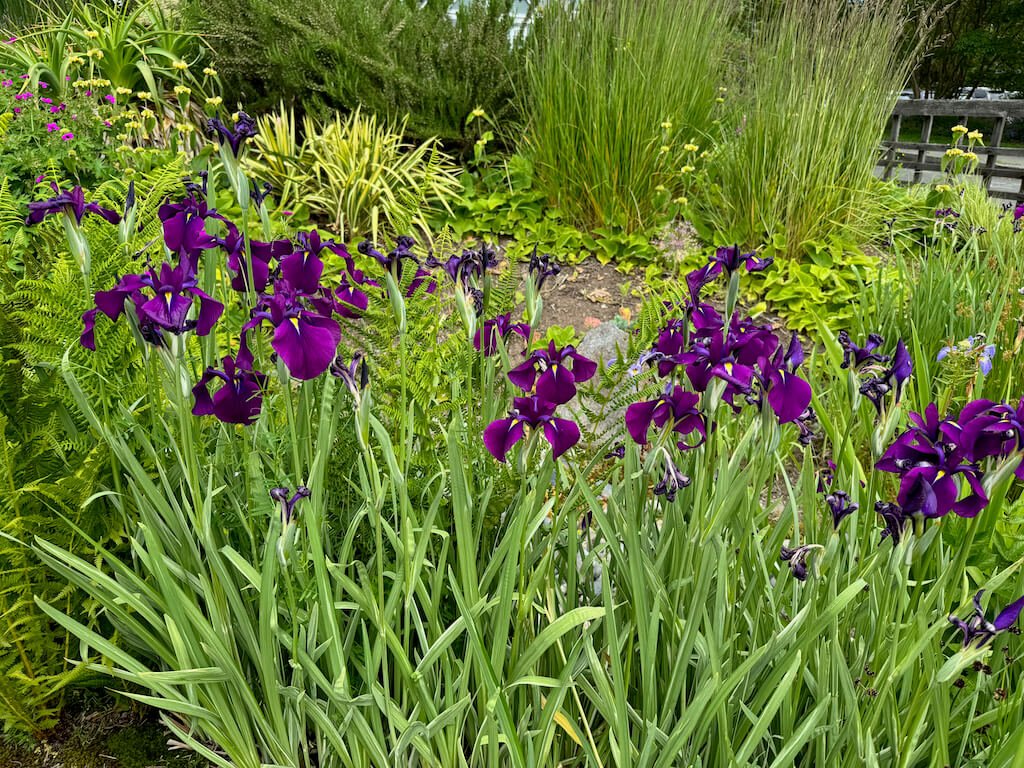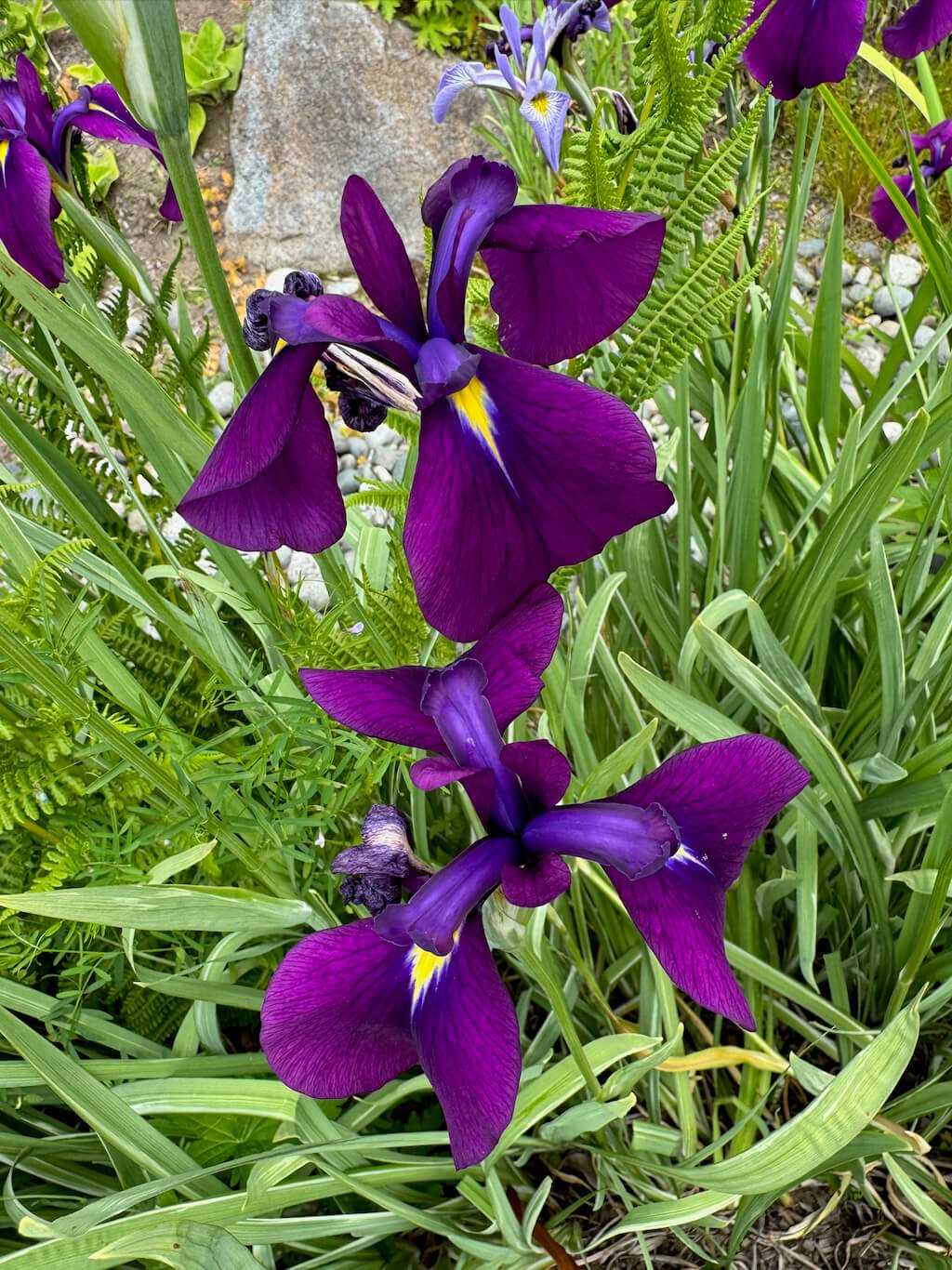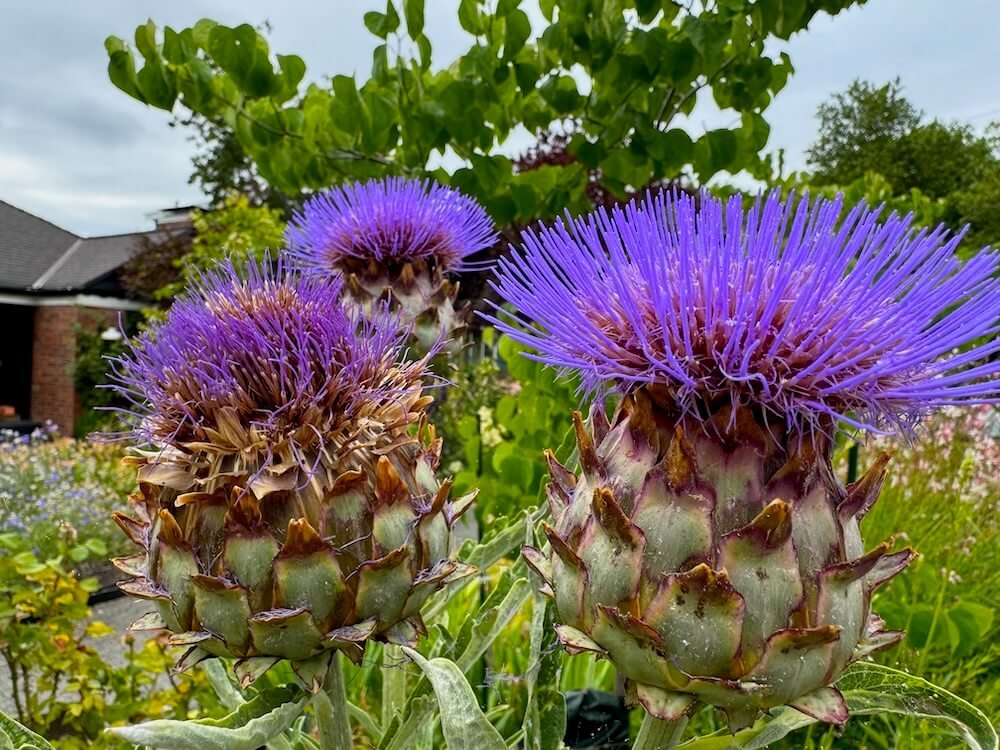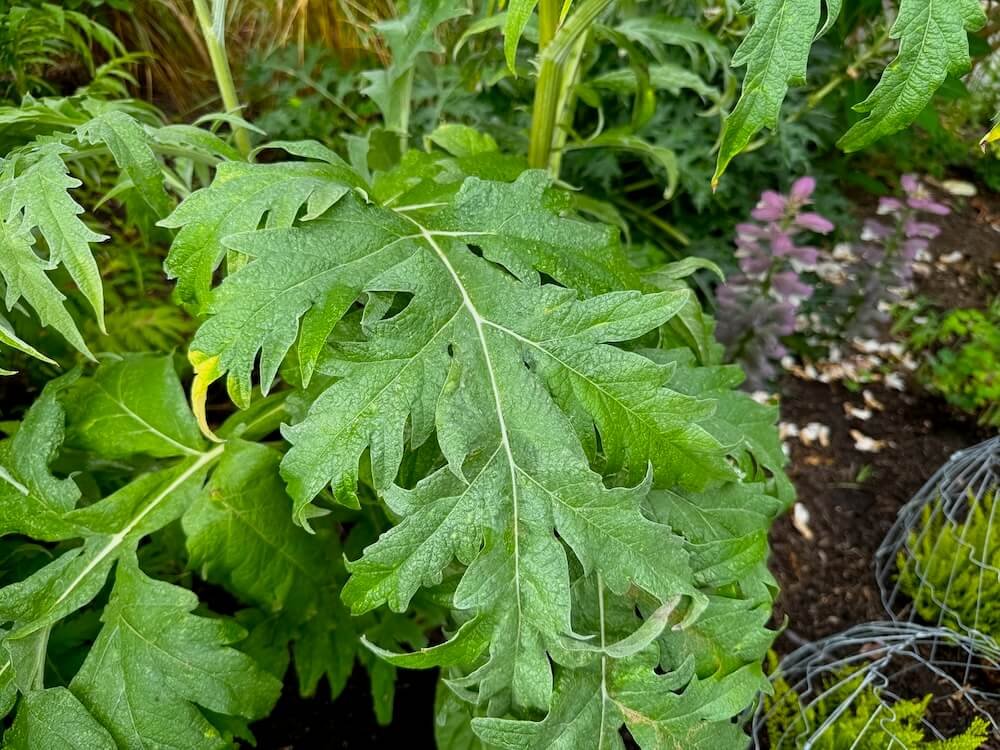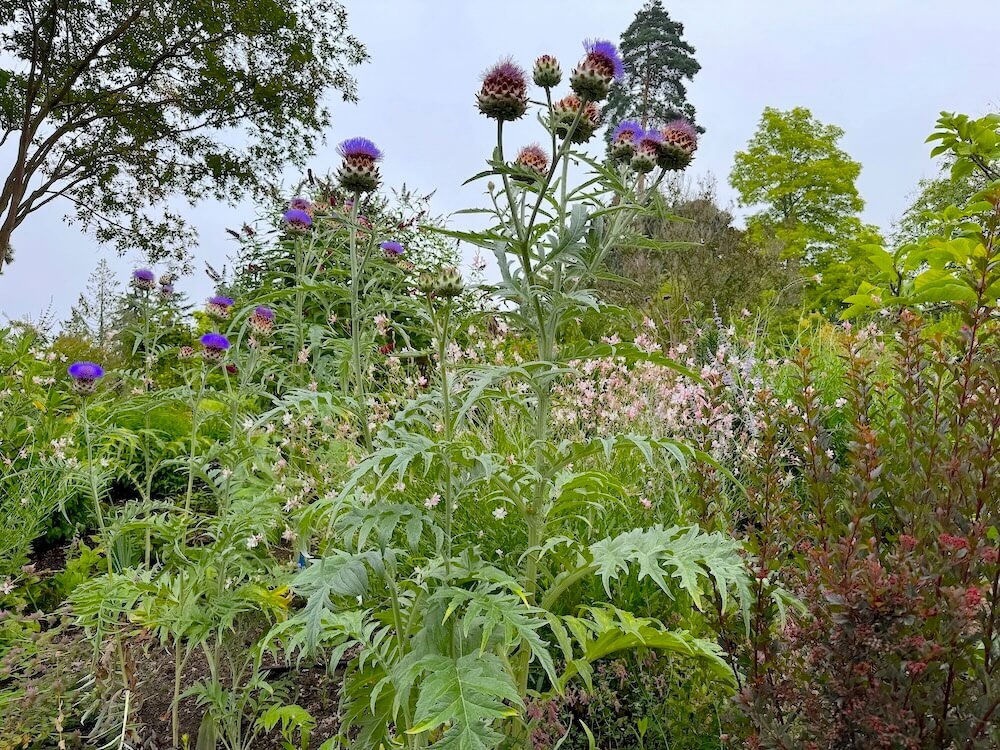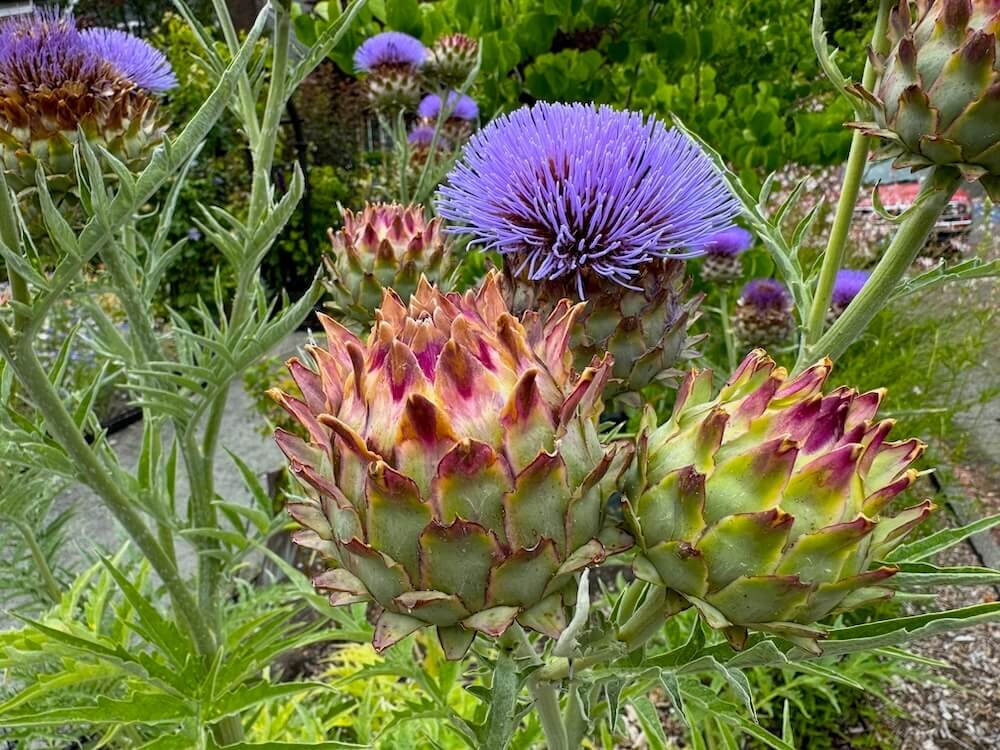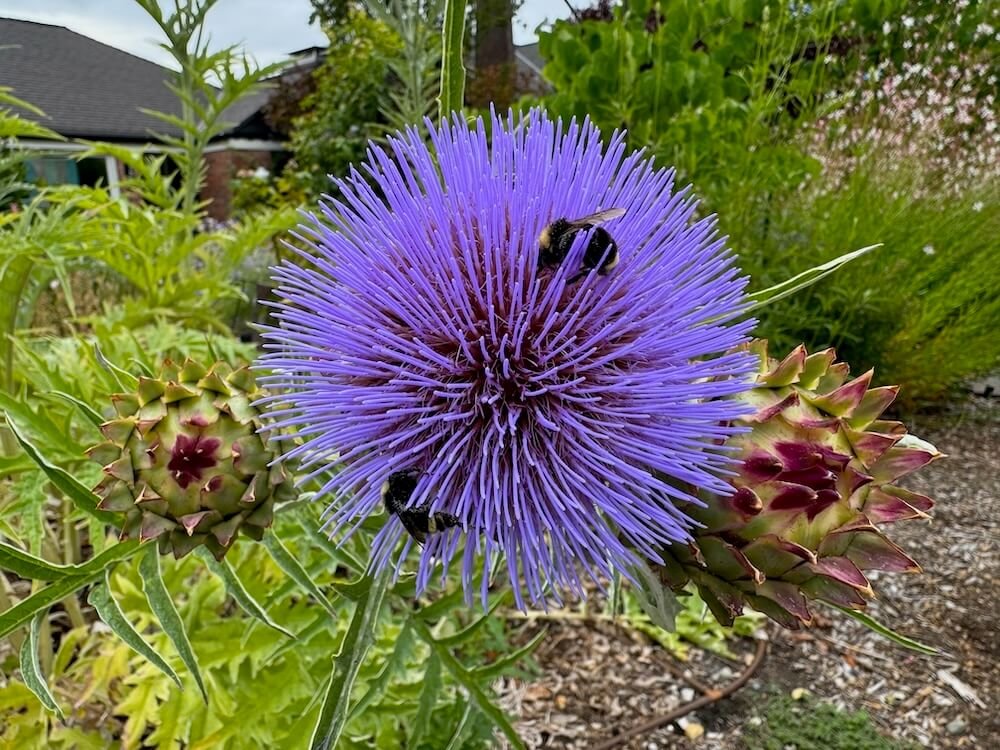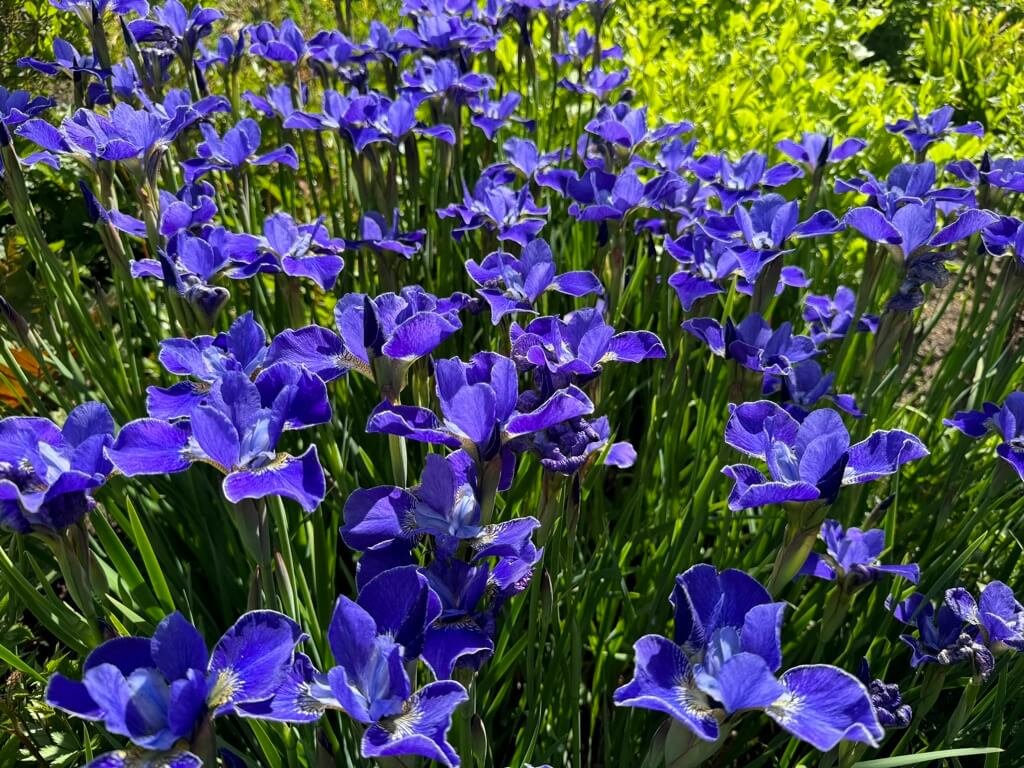DESCRIPTION
Perovskia atriplicifolia, commonly known as Russian sage, is a woody-based perennial native to the steppes and hills of southwestern and central Asia, including regions like Afghanistan, Iran, China, and Pakistan. It blooms from mid-summer to late autumn, producing lavender-blue flowers arranged in airy panicles that create a haze of color above the aromatic, gray-green foliage.
The plant's square stems and finely dissected leaves contribute to its delicate, lacy appearance. Notably, the foliage emits a sage-like aroma when crushed. Russian sage is valued for its drought tolerance and adaptability to various soil conditions, thriving in full sun and adding a soft, flowing element to garden landscapes.
DESCRIPTION
Perovskia atriplicifolia, commonly known as Russian sage, is a woody-based perennial native to the steppes and hills of southwestern and central Asia, including regions like Afghanistan, Iran, China, and Pakistan. It blooms from mid-summer to late autumn, producing lavender-blue flowers arranged in airy panicles that create a haze of color above the aromatic, gray-green foliage.
The plant's square stems and finely dissected leaves contribute to its delicate, lacy appearance. Notably, the foliage emits a sage-like aroma when crushed. Russian sage is valued for its drought tolerance and adaptability to various soil conditions, thriving in full sun and adding a soft, flowing element to garden landscapes.

